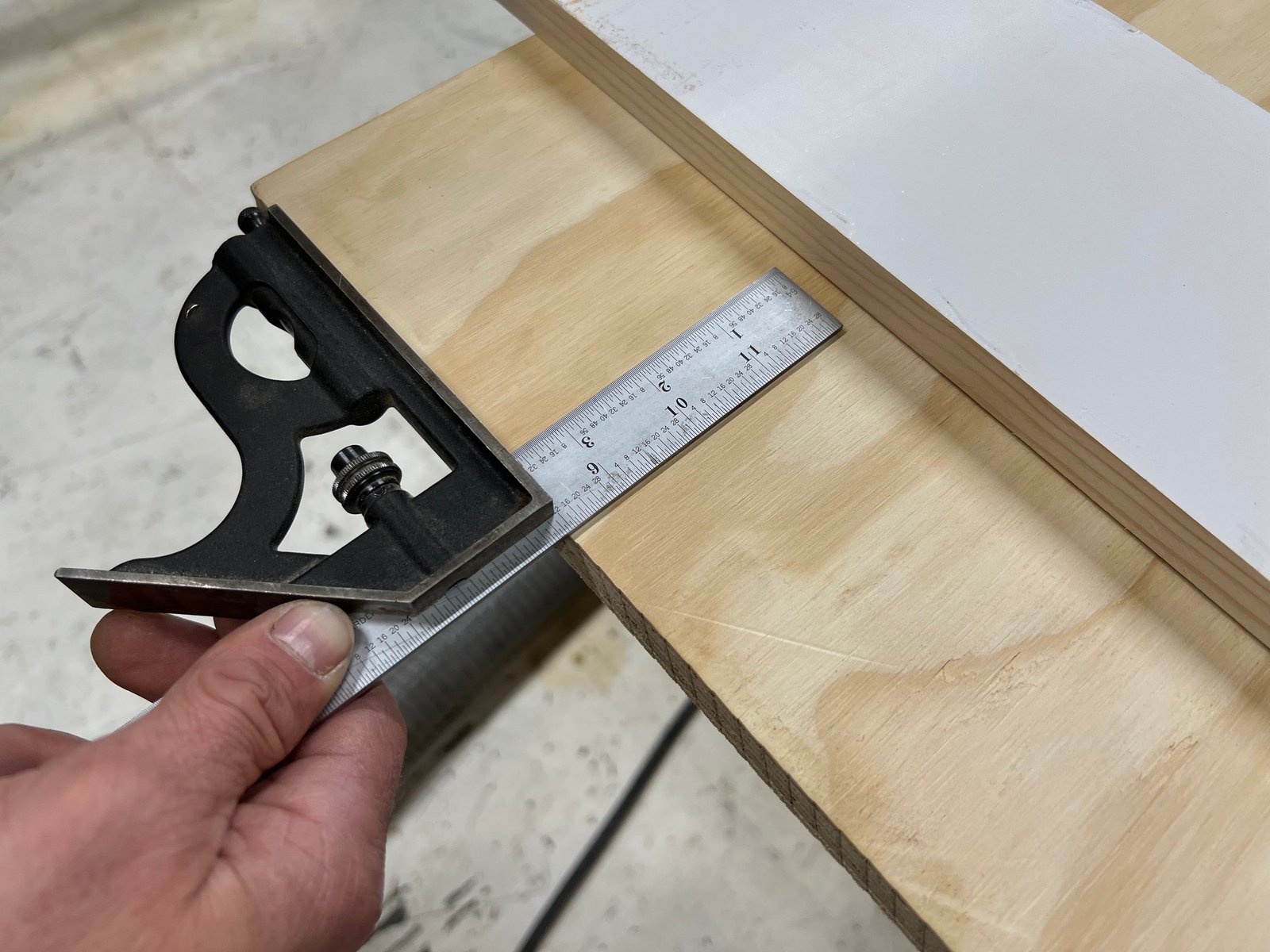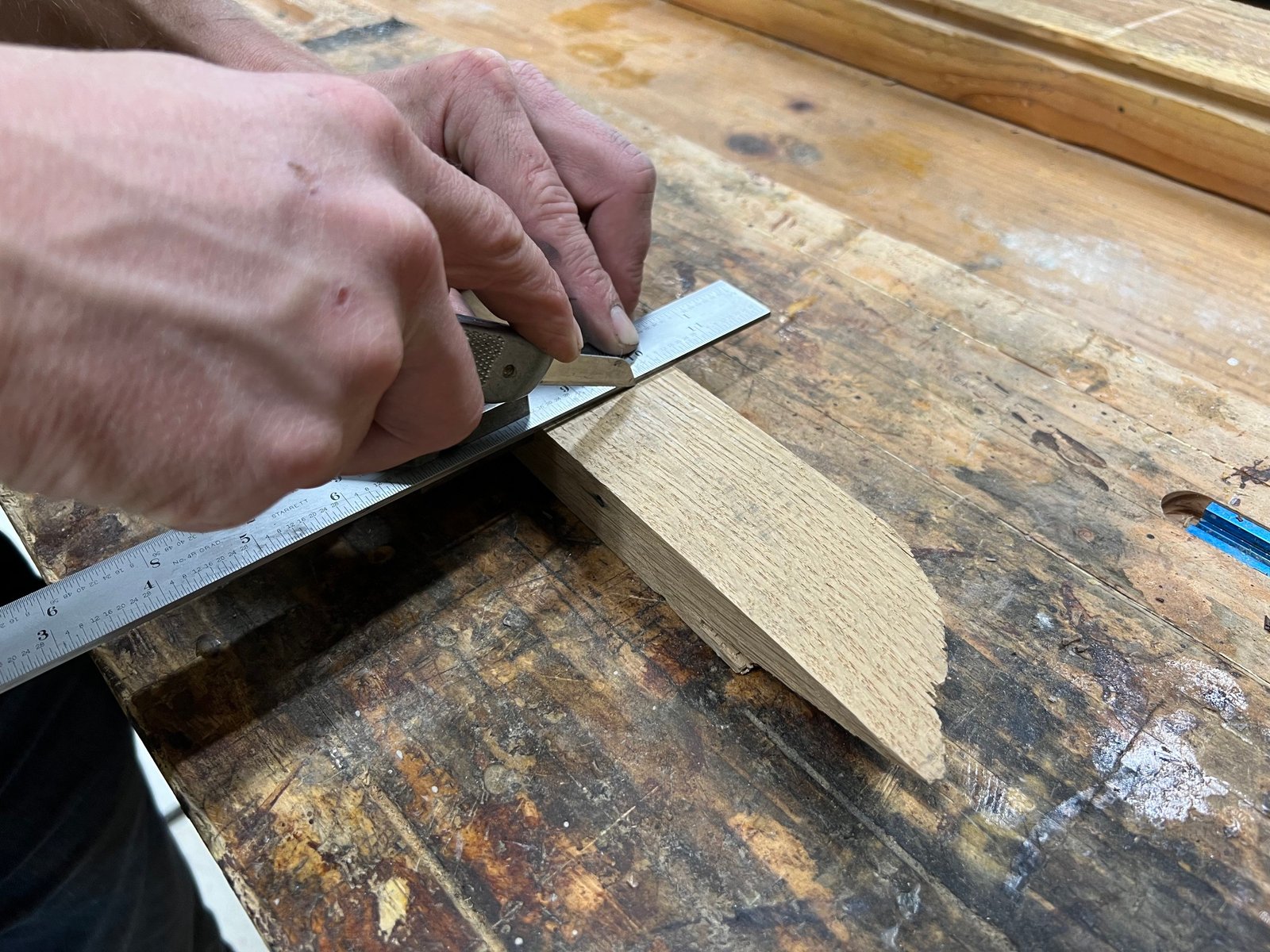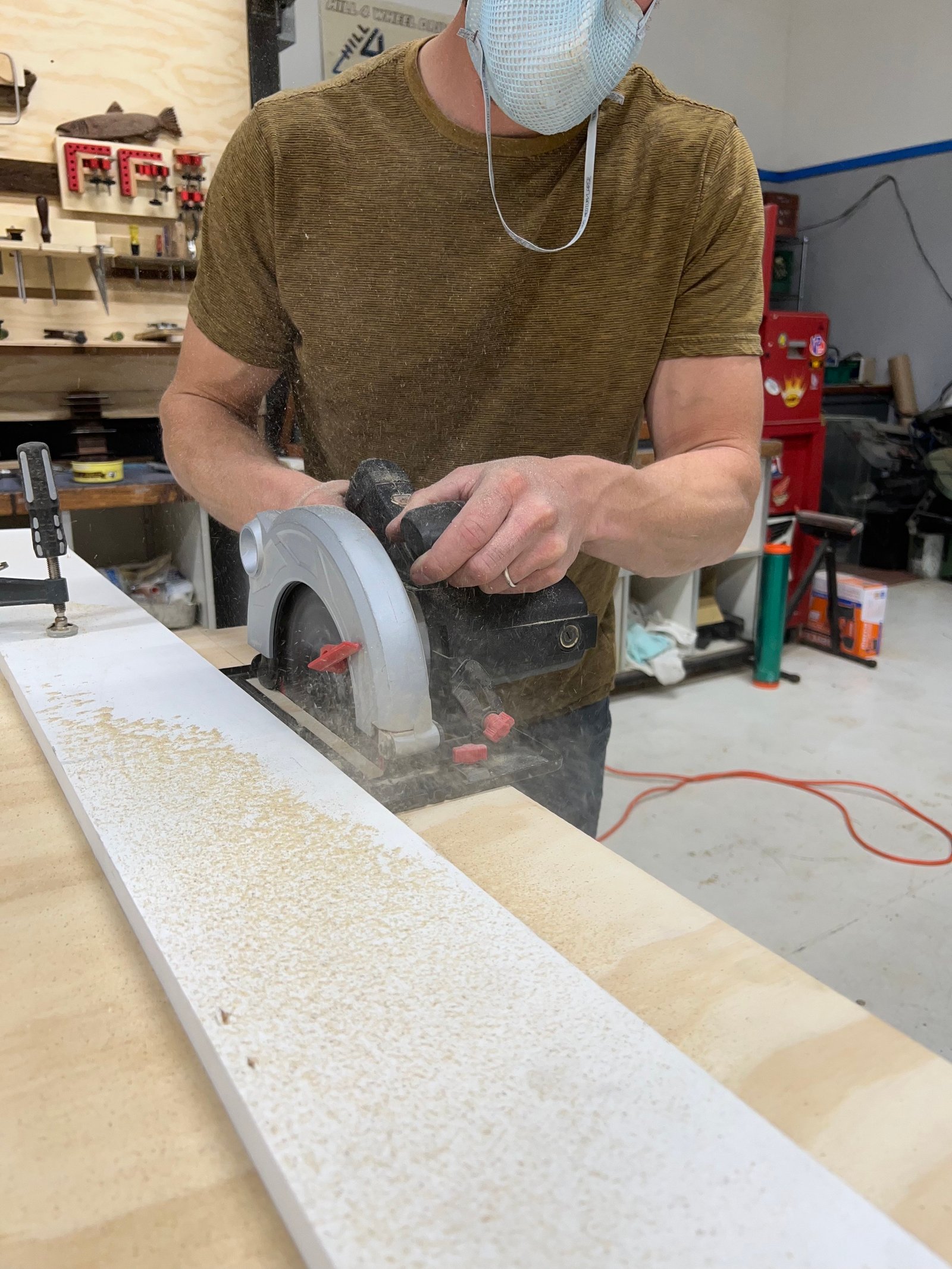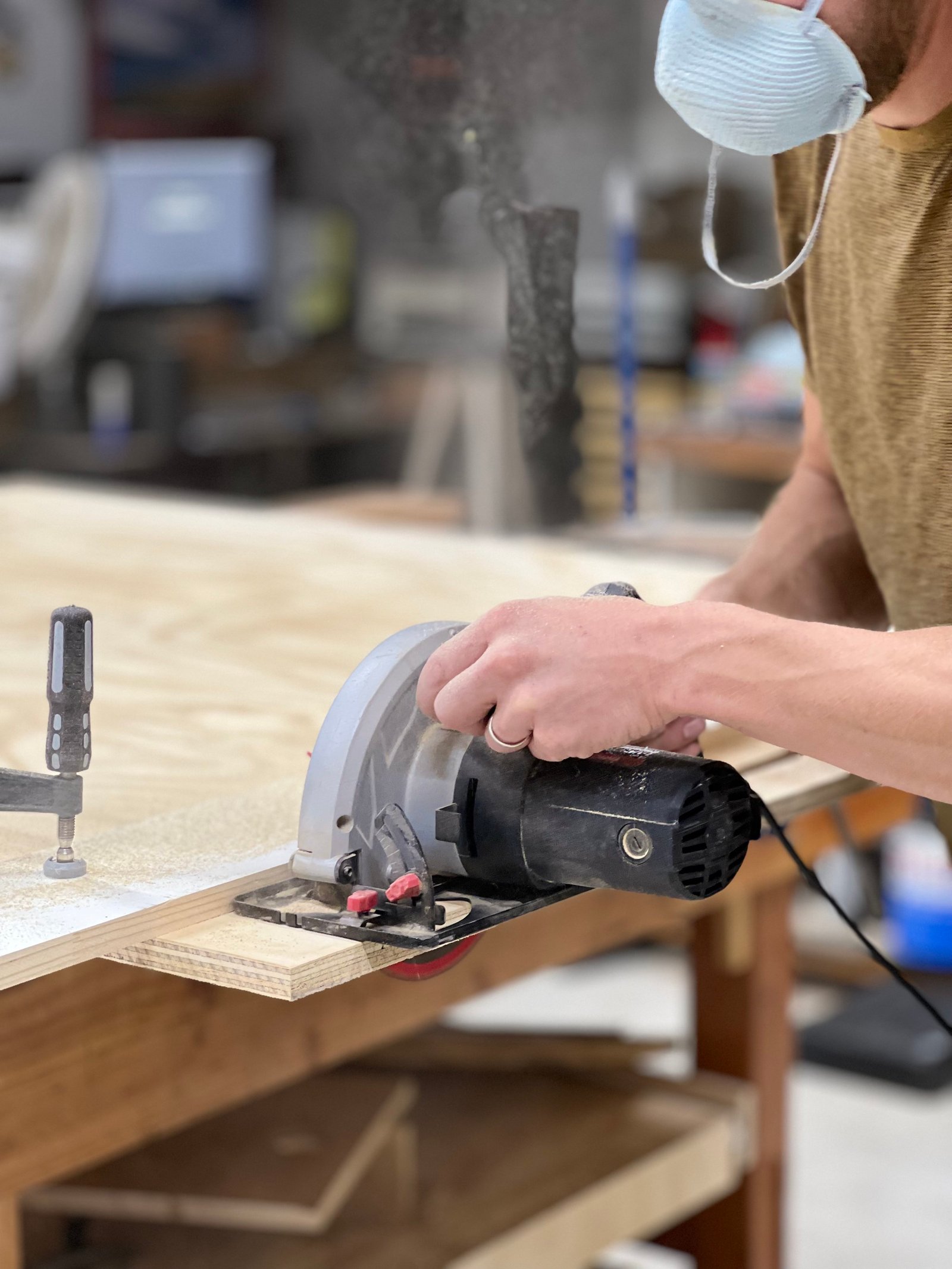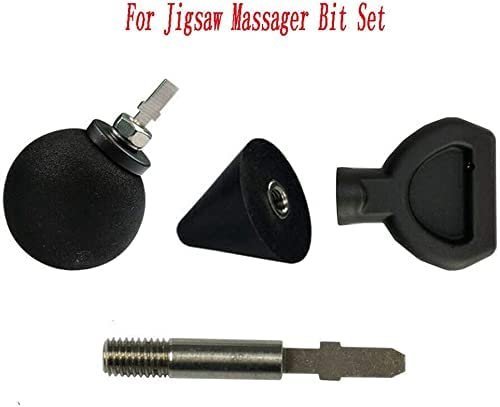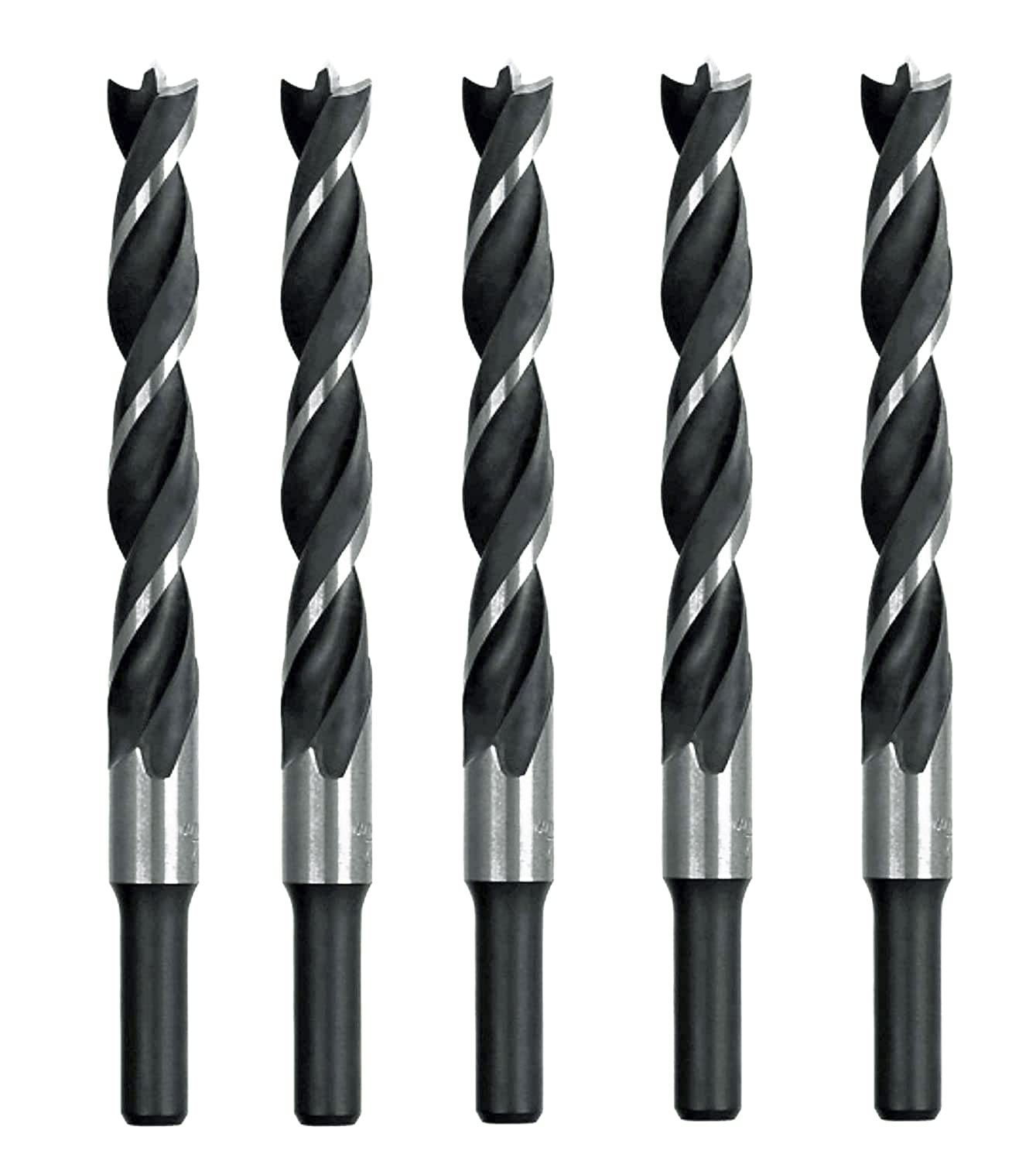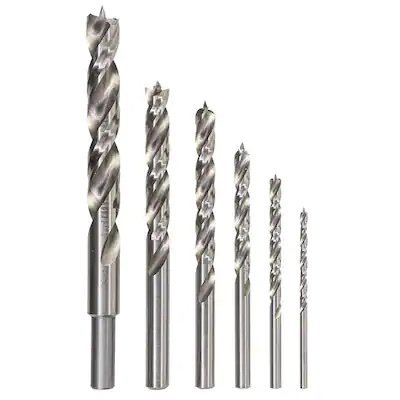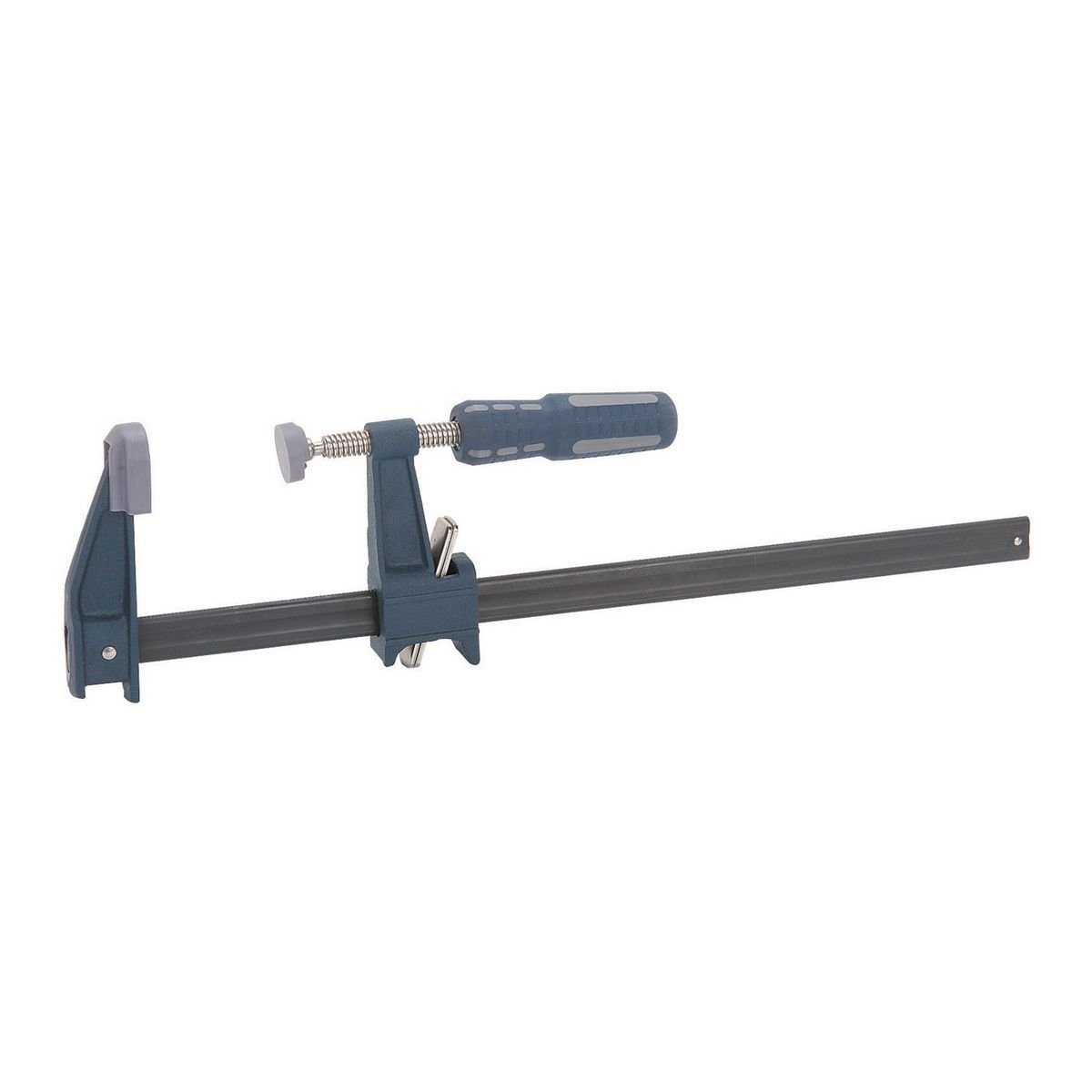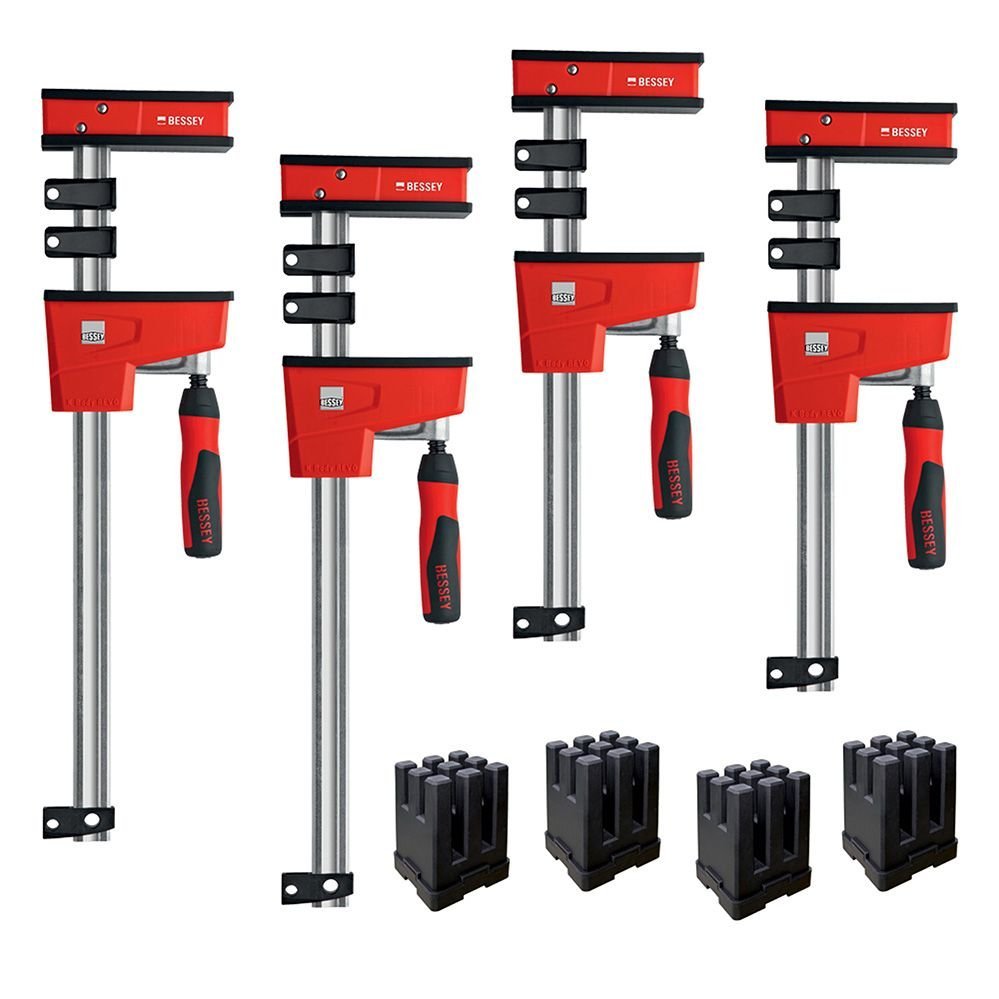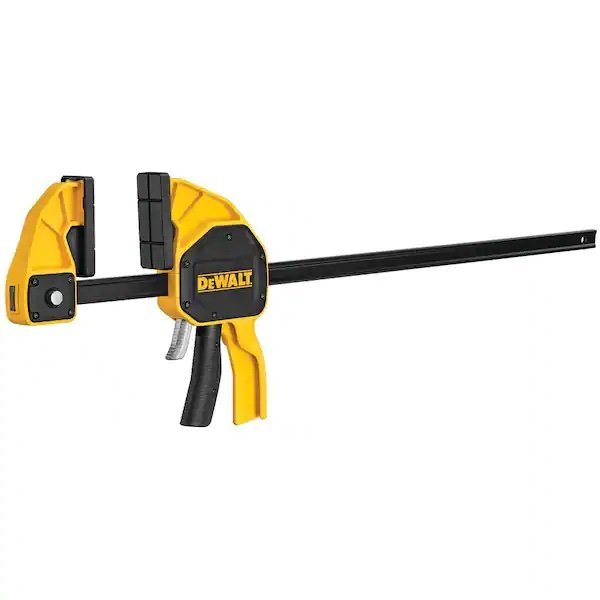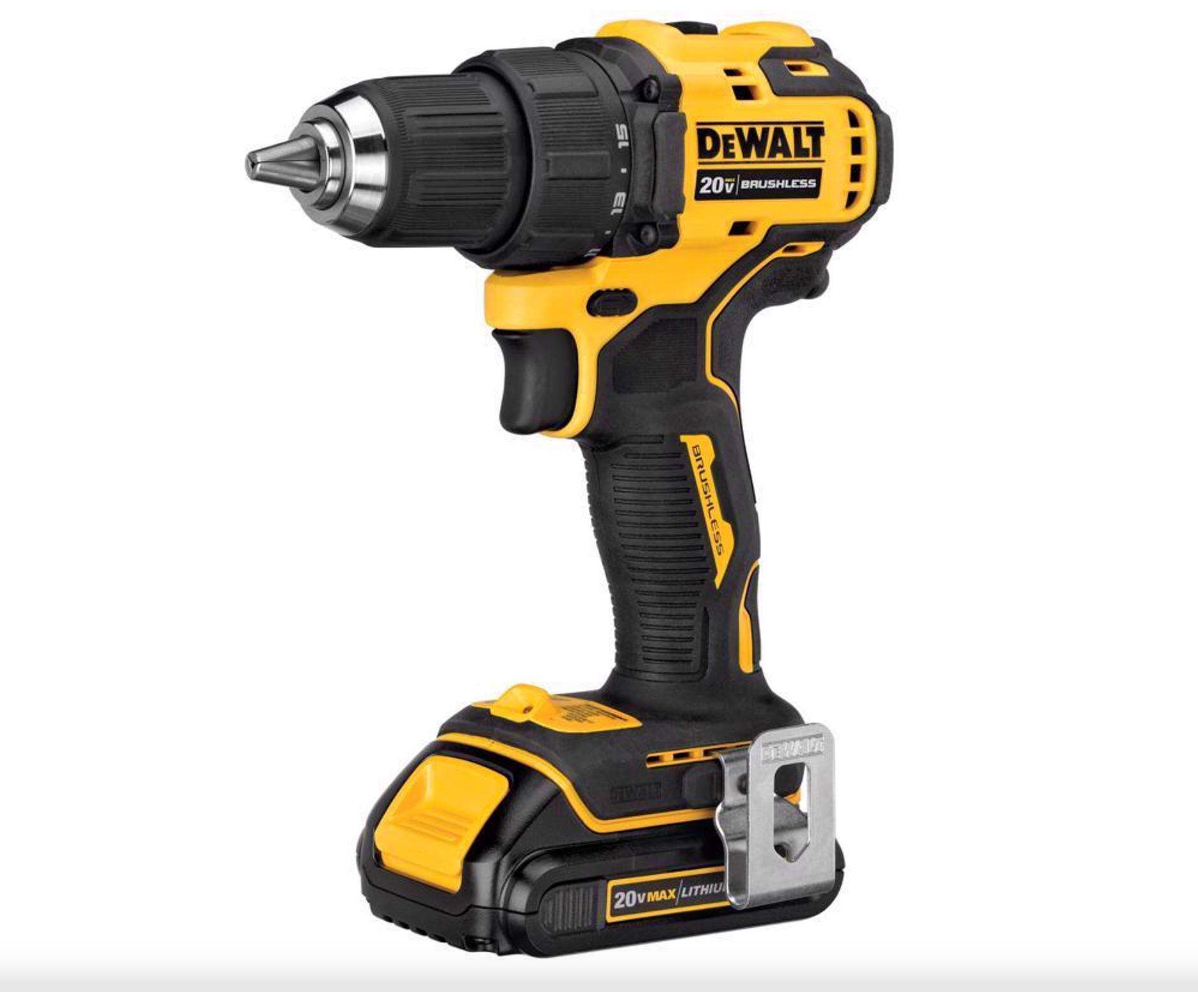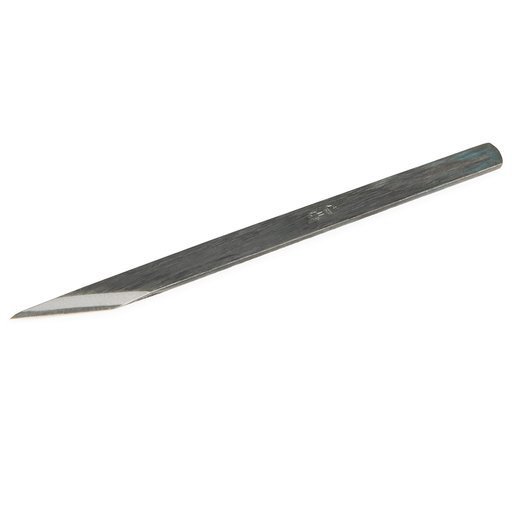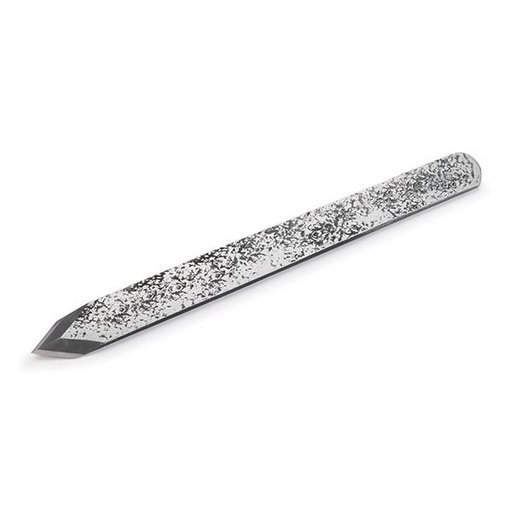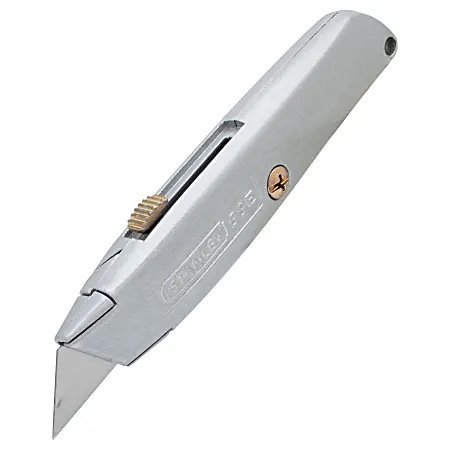Ok, you would like to save some money “Doing It Yourself”, or you are just one of those people that like to take on projects… or, you simply would like to check out my list of “must have tools for woodworking”.
There’s a problem though. Maybe you don’t have a whole lot of space for big tools or maybe your budget is a little tight.
Not to worry, with some tricks up your sleeve a few basic carpentry tools can go a long way in helping you with woodworking projects and most minor household repairs.
Here’s a list of tools used for woodworking that can help DIYers to achieve better results
1. Combination square: This is kind of one of those tools that will never go unused once you get one. Here is a list of uses for the humble combination square.
Checking for square on small to medium size objects, cabinets, frames, boxes
Use as depth gauge for hinge mortises or other hard to measure areas
Use a pencil or knife guide to make a line
Set the depth for a drill or a saw cut
Set a circular saw guide parallel to an edge
Use for precise measurements where a tape measure is clunky or imprecise.
2. Circular Saw: Ok, maybe you have always wanted a big table saw so you can easily and quickly cut anything down to size, well I won’t argue that a circular saw is just as good for cutting sheet goods or other specialty cuts but it is one of the most versatile saws you can have that has a small footprint and a relatively small price tag as well. Even with a full arsenal of the best tools for woodworking you will always have use for the circular saw
Break down large 4 x 8 sheet goods with just a simple straight edge guide and clamps.
Make square cuts on a 2x4 with speed square.
Trim down the length or width of a door
Notch out material by going less than full depth
3. Jigsaw: Among other essential woodworking tools, the Jigsaw doesn’t have the best reputation, it’s known to wander or make rough cuts but with a few tricks this tool can prove invaluable in a DIYers tool kit. First, you can really clean up the quality of the cut by making a very simple zero clearance plate as is seen here.. https://www.youtube.com/watch?v=T-kg8aRqzT8
You can make the cut even cleaner by using ordinary painters tape on your work piece to reduce tear out. Also, practice and the speed of your cut go a long way in making your cuts cleaner and more precise. Next time you need to make a curved cut or cut a tight notch don’t shy away from the jig saw. Take some time to adequately prepare for your cut. Clamping down your work piece and taping the top and bottom, then, go nice and slow and watch the quality of your cuts improve drastically.
Cut tight square notches in material
Make curved cuts
Make circle cuts starting in the middle of a workpiece with a very simple circle cutting jig.
Cut metal with a metal cutting bit.
Bonus Use: A jig saw is basically the same tool as one of those fancy massage tools with $300 price tag. Buy a set of these t shank massage attachments from Amazon and turn your jigsaw into a massage therapy tool after a long day of work.
4. Brad point drill bits: We all probably have drill bits scattered about and if you have ever tried to drill accurate holes it seems like they never quite end up where you want them. Pick up a set of brad point bits and your next project that requires drilling will become so much easier. I still like to start every hole with an awl mark or you can use a sharp screw or nail to make a mark, but honestly with brad point bits you could probably just make sure your brad point is right on the location you want and start drilling slowly for a perfectly placed hole.
5. Clamps: Once you start buying clamps you realize you always need more. Seriously though, for the DIYer this is probably one of the most underrated tools. The best part too is you can find them at any Hardware store and the cheap F style clamps at Harbor Freight which only run between $3-8 dollars work great. Clamps make almost every project easier. It’s like having a third set of hands that are stronger and never get tired. Uses
Use clamps to secure a straight edge guide when you are making a cut with your circular saw.
Clamp your workpiece to keep it steady when you are drilling of cutting with the jigsaw
Clamp two pieces of material together to ensure they stay aligned if you are driving screws
Clamp two pieces material you are gluing together
6. The drill: If you are DIYer chances are you already have a drill but I couldn't leave this item off of the list. If you do have a drill, pick up a spare battery for it and make sure its on the charger the next time you start on a project. There is nothing worse having your only battery die mid project and you have to stand around waiting for for it to charge before your can do anything else
7. Marking knife: Most of us mark with a pencil out of habit, maybe some do because you can be erased or because it leaves a relatively small line and is pretty accurate. For the times you want to make dead accurate cuts and marks, use a knife. It leaves a line many times smaller than a pencil line and can really step up your game in terms of measuring and marking accurately.
Hello, World!



